

Table of contents
- Rough cut in spring
- Fine cut over the summer
- Shape cut in a solitaire
- Boxwood planted as a shrub
- Cut back in case of fungus
- Conclusion
Various times must be observed for the ideal cut of a boxwood. Because depending on how the plant was cultivated, it must also receive its cut. A boxwood hedge can be planted in the garden as a privacy screen, the boxwood can be cultivated as a solitary shrub or cut into a decorative shape. As this is a very slow growing plant, it is important that it is trimmed regularly at the appropriate times. Spring, with the months of March and April, and late summer, with September, are particularly important.
Rough cut in spring
The boxwood can be pruned during the entire frost-free period. The months of March and April in spring should be mentioned here, in which the rough cut should take place. For the rough cut, it must be ensured that this is done in any case before the new shoots. Because in this way he can get the shape he should have in summer. The days on which the boxwood is cut are also important, because a rainy day is not ideal here. Therefore, the plant should only be cut on a cloudy but dry day. This prevents the tree from getting sunburned by the water on the interfaces when the sun is later on. Also, a cut on a wet day can allow fungus to penetrate more quickly. The rough pruning in spring is done as follows:
- use conventional hedge trimmers
- Special boxwood shears are also commercially available
- do without electric hedge trimmers
- this damages the plant like fuzzy scissors
- if a fungus penetrates the frayed interfaces, damage can occur
- Branches and shoots, in the worst case the entire plant, die off
- Also do not cut the plant on a sunny day
- because there is also a risk of sunburn from the escaping plant sap
- This creates an unsightly brown coloration
- Cut back hedge or single boxwood as far as desired
- the rough cut may also cut into the old wood
- this can be done if the total is to be shortened
- Cut the individual boxwood or hedge into the desired shape
- since the plant usually also forms leaves inside, there are no holes
Tip:
Since the boxwood is highly toxic, gloves should always be worn when working with it. Because if the Buxin comes into contact with a wound, it can become seriously inflamed.
Fine cut over the summer
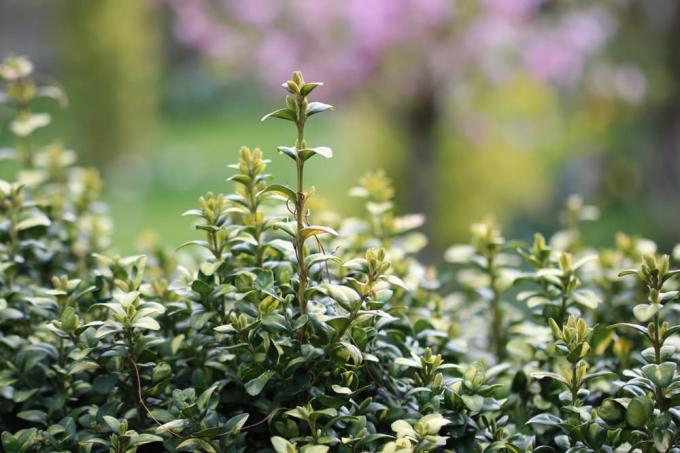
The so-called fine cut can take place from April to September. This can be done at any time during the summer months on overcast days or in the evening hours. For this purpose, all shoots that have grown too far are shortened to the desired length. In this way, the hedge or the solitaire cut to shape will keep its shape throughout the summer. However, if possible, no more pruning should be carried out after September, as the weather conditions could then no longer be optimal. A fine cut can be done at any time during the summer months, but it makes sense to do a fine cut at least twice. Once at the end of April/beginning of May and the second time in August or September. Of course, long protruding shoots that spoil the look can also be cut to the desired length at any time between the two necessary fine cuts.
Tip:
Always use sharp and disinfected tools for the cuts. Because blunt blades tear or crush the leaves and shoots, fungi can easily penetrate these damaged areas. However, bacteria can also penetrate the interface during a cut if the tool has not been disinfected beforehand.
Shape cut in a solitaire
If the boxwood stands as a solitaire, it can have different shapes. This topiary is also done in spring. Balls on the various branches are particularly popular with hobby gardeners, but the plant can also be trimmed into any other shape. Pyramids or even animals can form there. Because the tree is so changeable, it has played an important role in garden art for centuries. But such a cut is not that easy. If you are artistically talented, you can give your boxwood an animal shape, everyone else ideally starts with a ball cut. But a little dexterity must also be brought along with this shape cut. This can be done as follows:
- make a template for geometric shapes
- Cut the cardboard template in a semicircle for a sphere
- place them in the various places on the boxwood
- all protruding shoots are cut off
- usually cut from top to bottom
- Obtain a ready-made wire template from a well-stocked gardening store
- these are also available in animal or other intricate shapes
Tip:
If you only cut after September, there is always a risk that the newly formed shoots will be damaged no longer mature after such a cut and freeze to death in the early onset of winter could.
Boxwood planted as a shrub
Even if the boxwood was simply planted as a shrub that should not be given a special shape, it must be pruned regularly. A rough cut should also be made here in the spring. All shoots from last year are cut back. This allows the leaves to compact better. All dried branches, including those inside the bush, must be removed. This is how fungal diseases can be prevented. If a boxwood was planted as a shrub and has not been cut for years, then it should be treated to a makeover by pruning it back vigorously. The box can sprout again in the next few weeks over the summer. So that it grows vigorously. should also be finely pruned over the summer and long shoots should be shortened.
Tip:
A boxwood is easier to cut if it has been watered beforehand. Then the branches are juicier and easier to cut. Therefore, allow the box to be watered one to two hours before the planned cut. However, make sure that the roots are only watered from below; the plant itself should not come into contact with the water.
Cut back in case of fungus
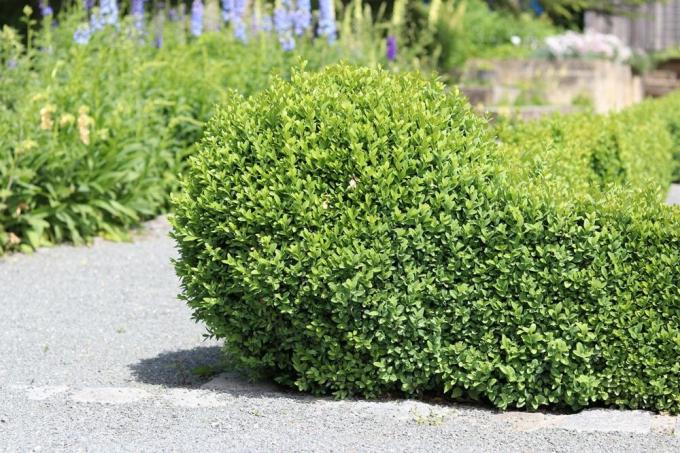
If the boxwood has been attacked by a fungus, you must act quickly so that it cannot spread to the entire plant or to surrounding plants, for example in a hedge. If brown leaves are found that cannot be caused by sunburn, immediate action must be taken. When the first leaves fall and the shoots die, the infestation is already very advanced. A vigorous pruning should then be carried out here, in which all affected parts of the plant are removed. It is then irrelevant in which season the fungus appeared, it must be cut, even in summer or late autumn. For this cut, you should therefore proceed as follows:
- do not shred or compost the removed parts
- these must be disposed of with household or residual waste
- also clean the soil around the plant
- after cutting, discard any fallen leaves and top layer of soil
- Disinfect the cutting tool immediately after the process
Tip:
If a box tree is already severely damaged, no radical pruning will help. The plant should be discarded in its entirety.
Conclusion
It's easy to stick to the boxwood pruning calendar. Because the rough cut takes place in the spring. This is the most important pruning of the year, because now the tree is pruned back into the shape it is supposed to keep over the summer. Before new shoots form, you can also cut into the old wood if this is necessary. It then continues with the fine cut, which can be done in the months between April/Christmas and September. Only new shoots that have become too long are cut. Another cut could be necessary if the box tree has been attacked by a fungus, then no time specification has to be observed, but action has to be taken quickly. Hobby gardeners who have cultivated their boxwood as a solitaire in the garden are also familiar with topiary. If you stick to the various pruning phases, you will enjoy a very decorative tree or a dense hedge for a long time.
 garden editorial
garden editorial I write about everything that interests me in my garden.
Learn more about caring for plants
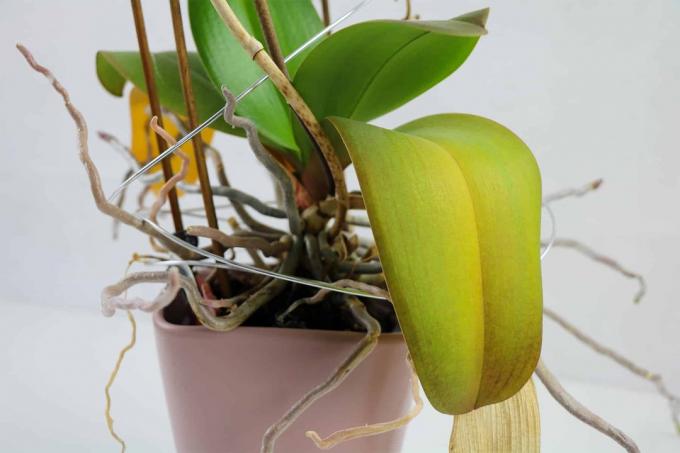
Plant hangs leaves despite water
If plants let their leaves hang despite water, this can have various causes. In order to prevent it from dying off by taking rapid countermeasures, you should find out about the possible causes and effective countermeasures here.
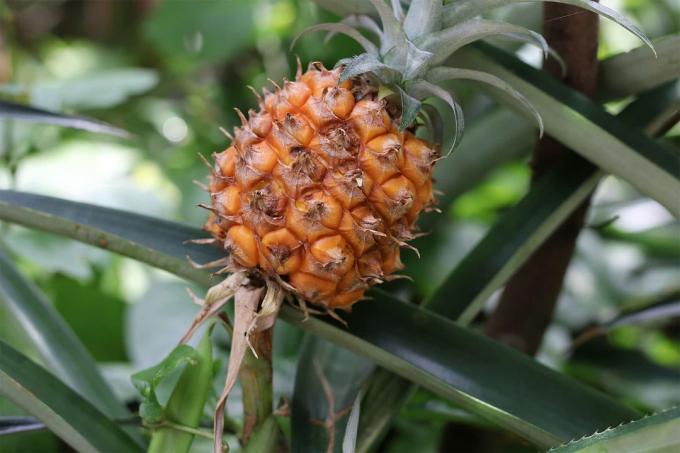
Plants hang their heads: what to do?
If the ornamental plants are cultivated in the garden or in pots and suddenly let their heads droop, then the question quickly arises as to why this can be. However, this is usually due to maintenance errors that need to be checked. If a remedy is found, most plants usually recover quickly.

Repot orchids: how & when to replant
Thanks to more uncomplicated and easy-care new breeds, orchids are now at home on many windowsills. In particular, the Phalaenopsis or butterfly orchid, which is available in countless varieties, is very popular. Read how and when you can best repot the distinctive beauties.

pull tree out of core | 7 tips for growing a tree yourself
Trees can be grown from cores without much effort. There are a variety of plants that have seeds and can be easily cultivated in your own garden. Special classic fruit trees should be mentioned, which are suitable for such a project.
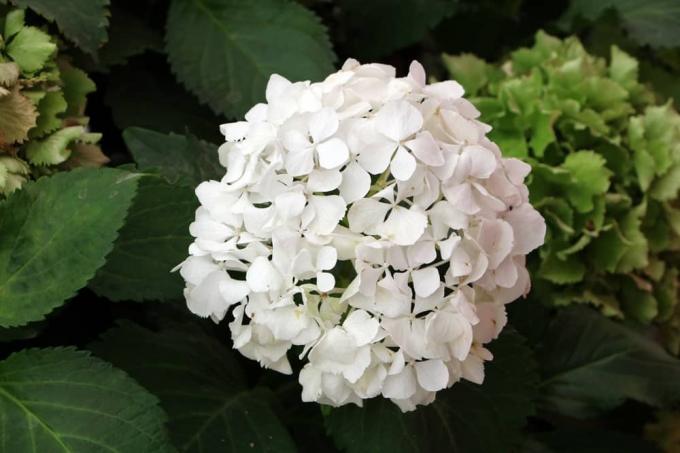
How do hydrangeas stay white? | That way it won't turn pink
How do hydrangeas stay white - this is the question many hobby gardeners ask themselves when the hydrangea changes color. The white often turns into a pink, which is usually comparatively pale or can appear "dirty". Here we reveal how it works.
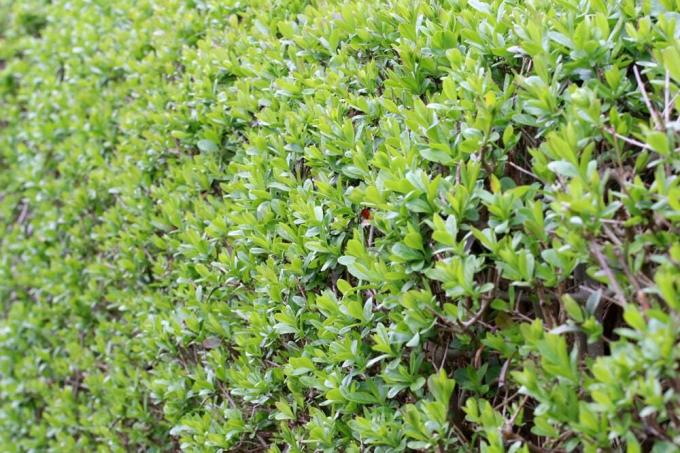
Cutting privet: when is the best time?
Privet is becoming increasingly popular and is often used as a privacy screen in the form of a privet hedge. This is not surprising, because the plant is easy to care for and fast-growing. However, it is crucial to cut the plant regularly at the right time.



